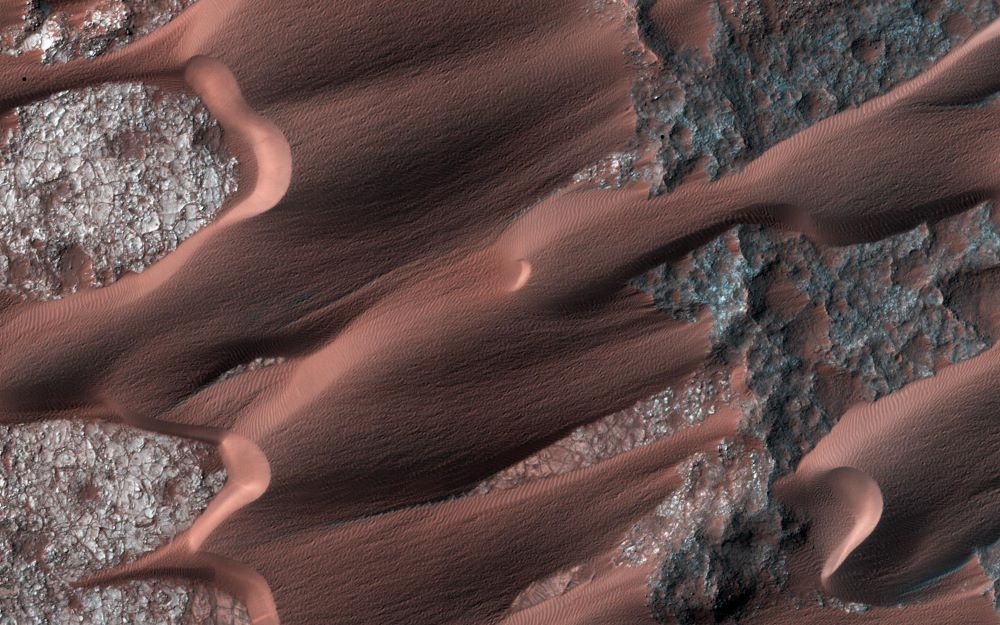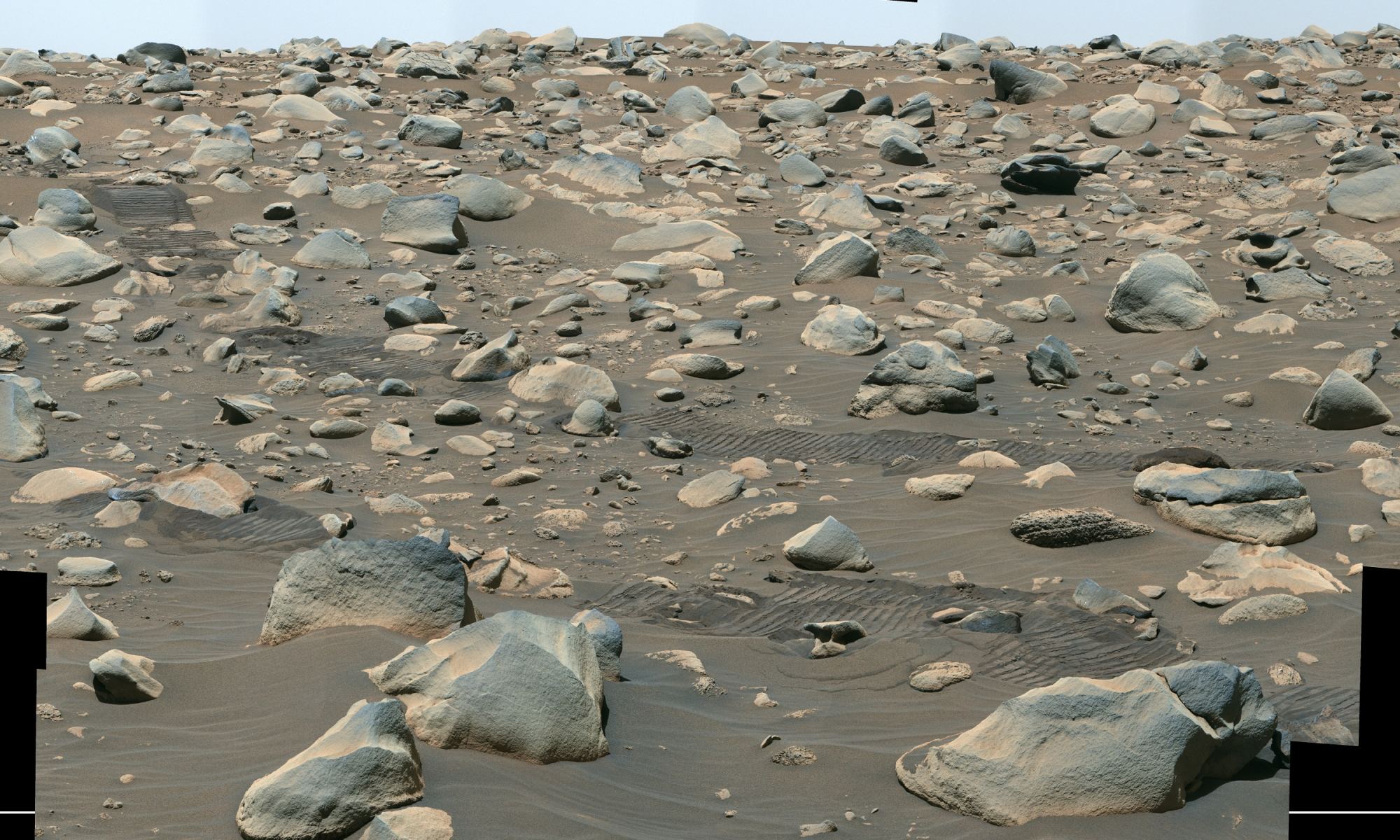A recent study published in Nature examines how mud cracks observed on Mars by NASA’s Curiosity rover could provide insight into how life on the Red Planet could have formed in its ancient past. On Earth, mud cracks have traditionally been linked to cycles of wet and dry environments that assisted in developing the complex processes responsible for microbial life to take hold. This study was conducted by an international team of researchers and holds the potential to help scientists better understand the geological and chemical processes that might have existed in Mars’ ancient past, up to billions of years ago.
Continue reading “Ancient Cracked Mud Found on Mars”Ancient Cracked Mud Found on Mars










